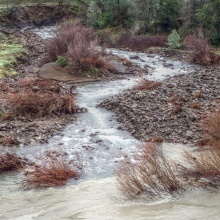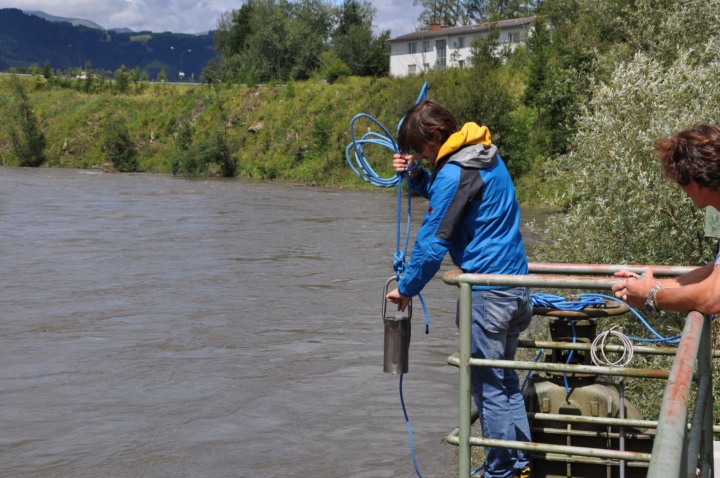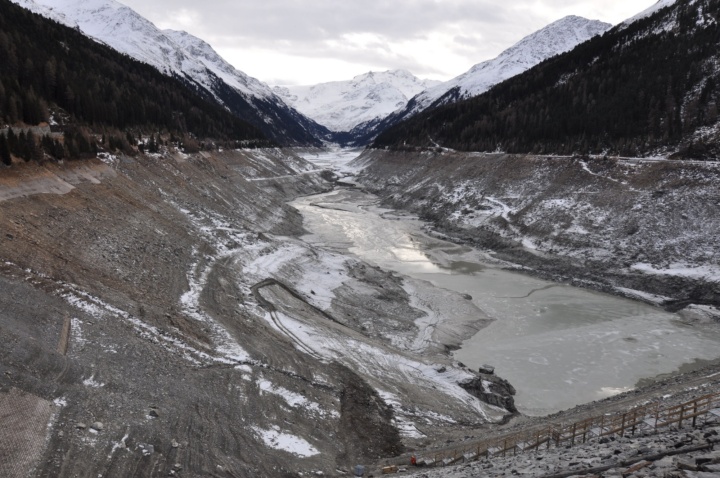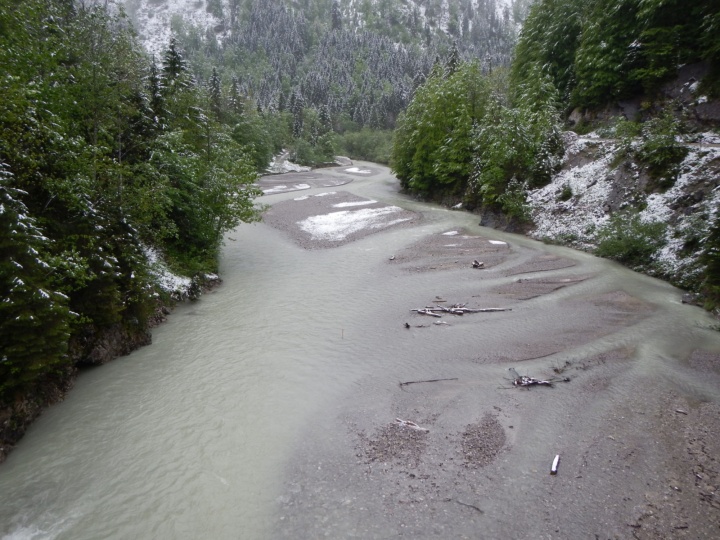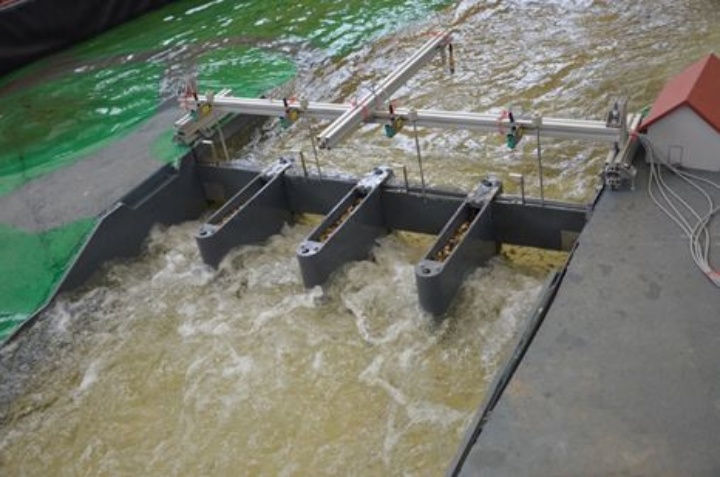Hydro-morphodynamic processes involve interactions between water and sediment in fluvial systems across spatial and temporal scales. In consequence, sediment erosion, transport and deposition processes play an important role in hydro-morphodynamics. The sediment transport-related processes generate natural and anthropogenically influenced riverbed structures and fluvial landforms, which interact directly with hydraulic characteristics. These hydro-morphodynamic interactions and processes are the focus of our research. Beyond fundamental research for understanding fluvial processes, we also carry out application-oriented research projects in close cooperation with authorities and the private sector, for example to ensure ecologically sustainable modifications of rivers. The emphasis here is on the connection between ecological requirements and structural and hydraulic demands. We seek to combine ecological sustainability of fluvial systems and the safety of infrastructures. For this purpose, we employ multidimensional, mathematical-numerical models, physical model experiments, and field measurements.
Our main research fields are:
Analyses of bed load and suspended sediment transport are substantial for long-term predictions of fluvial landforms. The consideration of sediment transport enables an accurate prediction of the development of riverbeds. We consider small-scale and large-scale sediment transport processes to propose appropriate measures for river restoration or flood protection.
Large-scale processes: Developing a balance of bed load and suspended sediment transport enables to estimate long-term riverbed evolution and informs about potential influences of anthropogenic interventions. With this knowledge, resilient river training structures can be planned and implemented, which prepares the ground for a near-census natural evolution of a riverbed in the future.
Small-scale processes: The so-called colmation describes the transport of fine sediment into the porous structure of the riverbed leading to limited exchange of oxygen and nutrients between fresh water and the hyporheic zone. We examine the governing processes of colmation in our hydraulic laboratory (Versuchsanstalt) and we developed in-situ measurement techniques to quantify the degree of colmation. Currently, we are focusing on the analysis of colmation zones and how to prevent undesired ecological deterioration of fluvial systems because of colmation processes.
Dams retain the water and also the sediment transported in rivers. As a result, the artificial reservoirs upstream of dams are often subjected to sedimentation problems. In particular, fine sediment, which is in suspension in unimpaired rivers, deposits in reservoirs. Very fine sediment has cohesive material properties affecting the sediment re-mobilization that is regularly triggered in so-called reservoir flushing operations.
In our research, we use in-situ measurements and numerical simulations to better understand the erosion behavior of cohesive sediments. We have developed a flume to assess the vertical profile of the shear stress acting on sediment samples (our so-called SETEG flume). We are implementing conclusions drawn from our lab experiments into numerical approaches to improve the performance of digital methods. Furthermore, we examine the microbial settlements (e.g., algae or biofilms) and their effects on sediment erosion within an interdisciplinary team of biologists and engineers.
According to the European Water Framework Directive (WFD), all European rivers must be transformed into a good ecological status. Recovering natural morphodynamic processes in rivers is essential to achieve this objective. Our research on restoration science focuses on practical applications of numerical models to predict the morphological long-term evolution of rivers with respect to different scenarios, such as the implementation of riverbed widening. A fundamental element of river restoration is the analysis of ecological state of rivers, which is needed to develop and optimize river engineering features. Beyond two-dimensional (2D), hydro-morphodynamic, numerical models, we use in-house software and open-source powered Python programs to analyze the ecological river state and to evaluate adequate restoration engineering features.
Precise predictions of small-scale and large-scale inundated areas during flood events are necessary to design sustainable, effective, and integrated flood protection measures. We apply numerical models to determine inundated areas, water levels and flood duration. These data support the evaluation of flood intensity and risk. The models also facilitate the assessment of construction projects and various scenarios such as a reactivation of oxbows or alluvial plains. In addition, our services include the development of detailed options for sustainable and ecologically resilient flood protection measures with physical models.


